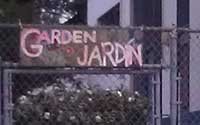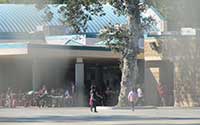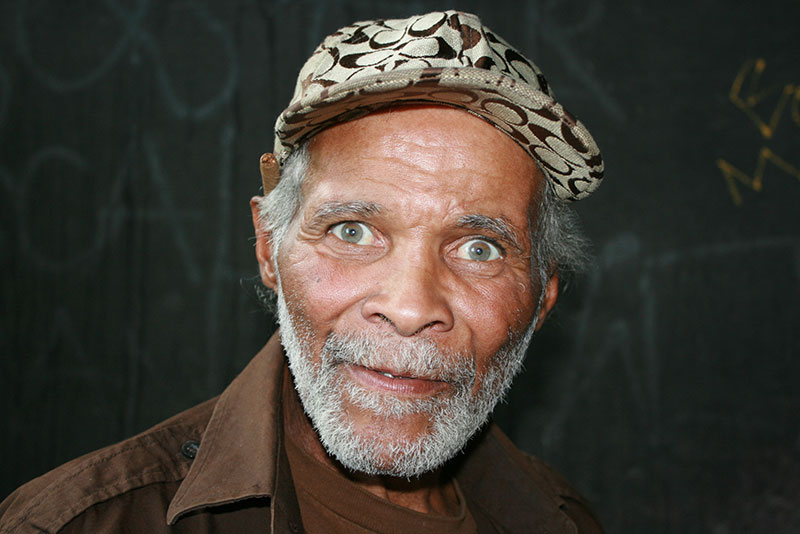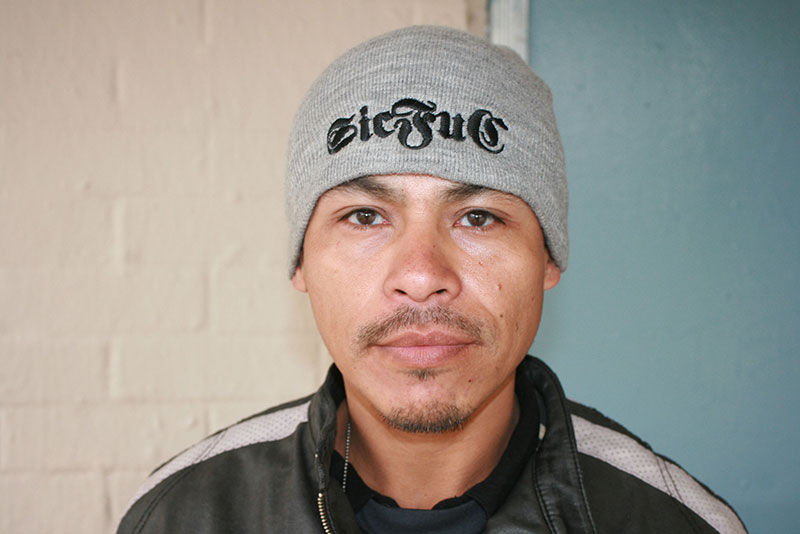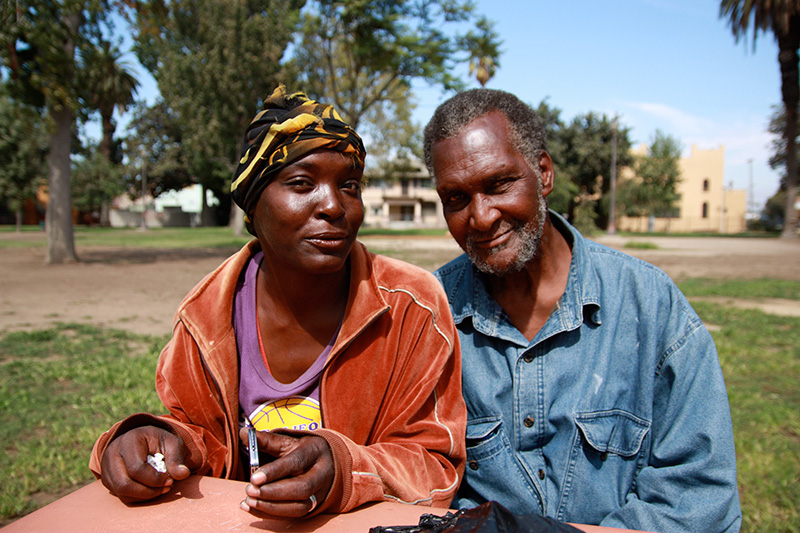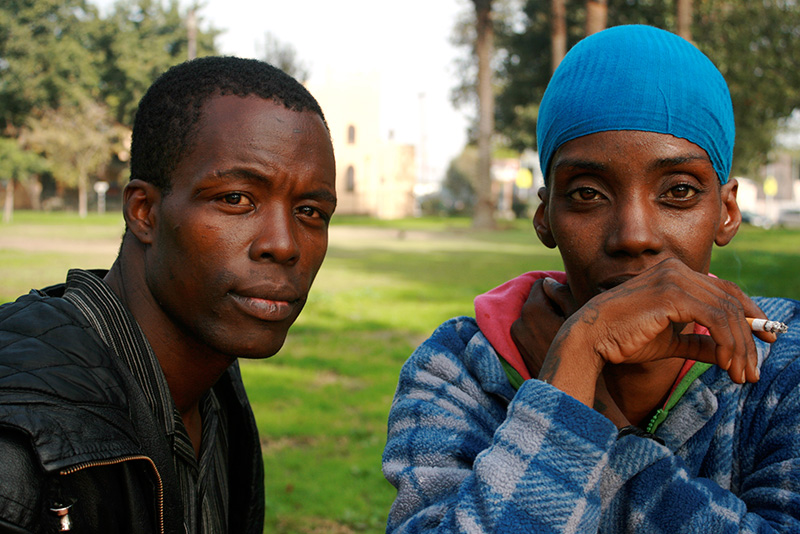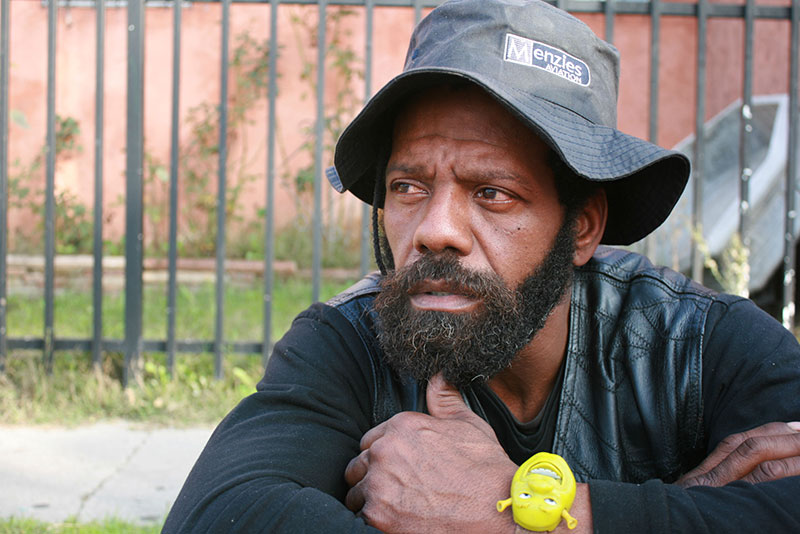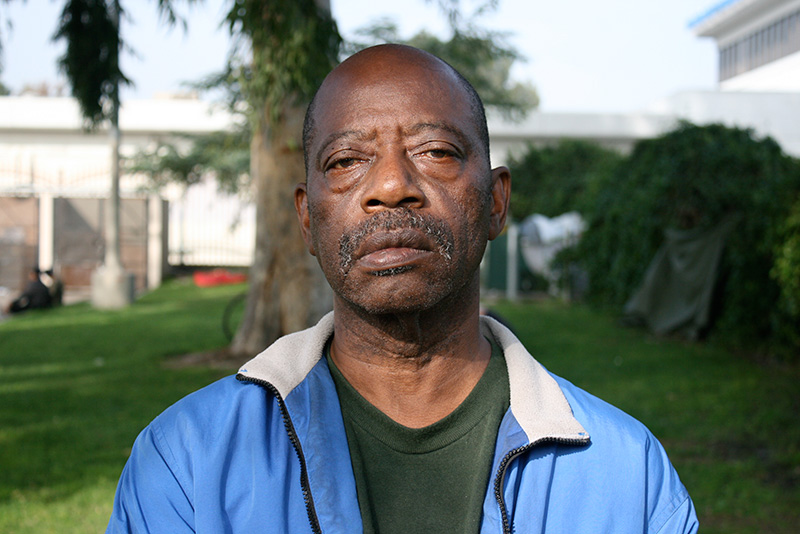South Central LA is riddled with Spanish-language signs and conversations. Now, throughout the neighborhood, kids and adults are struggling to learn English without sacrificing their own traditions.
An overview of many aspects of the environment, including recycling, keeping green, and energy conservation and how people interact with it (both positively and negatively) within our designated neighborhood.
For many students along the Figueroa Corridor, their day doesn’t end when school does. What learning takes place outside of the classrooms?
In South Los Angeles, close to 9,000 homeless men, women and children are scattered throughout the district’s streets, parks, alleyways and shelters.
According to the 2011 Greater LA Homeless Count, the South LA region, comprising Compton, Crenshaw, Watts and West Adams among other communities, is second to only Metro LA, home of Skid Row, in terms of homeless population size.
“The resources aren’t really there to assist this population, to assure that we kind of decrease homeless[ness],” said Takita Salisberry, a benefits specialist at the Homeless Outreach Program/Integrated Care System, located off Broadway and Slauson Avenue.
HOPICS, one of many resource management centers for the homeless in South LA, serves more than 1,000 clients annually. Their services include housing placements, individual counseling and mental assessments.
Like all homeless organizations in the city, HOPICS works within a system that is restricted by funding and plagued by an insurmountable amount of cases.
“Right now I’m having a really hard time placing clients,” said Salisberry. “It’s very heartbreaking because you have these families who have young children — some infants, some who just had babies — who have nowhere to go and nowhere for me as an individual case manager to actually refer them out to.”
Many shelters in South LA, such as New Image Emergency Shelter on Broadway, are overcrowded and struggling to keep up with the needs of the region’s large homeless population.
“We’ve been using our own funds,” said New Image Deputy Director Lynda Moran. “Extra staff, extra food . . . it has really hit us financially.”
Some organizations have even started charging for shelter.
“They’ll only let you stay a couple nights free, then after that they make you start paying,” said Geneva Ramos, a housing specialist at New Image. “It makes it really hard. A lot of people don’t have money to pay.”
Homelessness is an incredibly complex issue that encompasses far more than a simple lack of housing, however. Addictions, mental illnesses, physical disabilities and criminal records are all part of this journey that hundreds of thousands of Americans share each year.
The struggle to survive is very real in South Los Angeles. From needle-filled parks and trash-filled alleyways, the faces of its streets have shared their stories:

